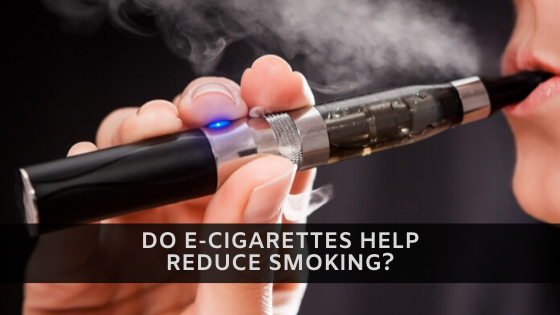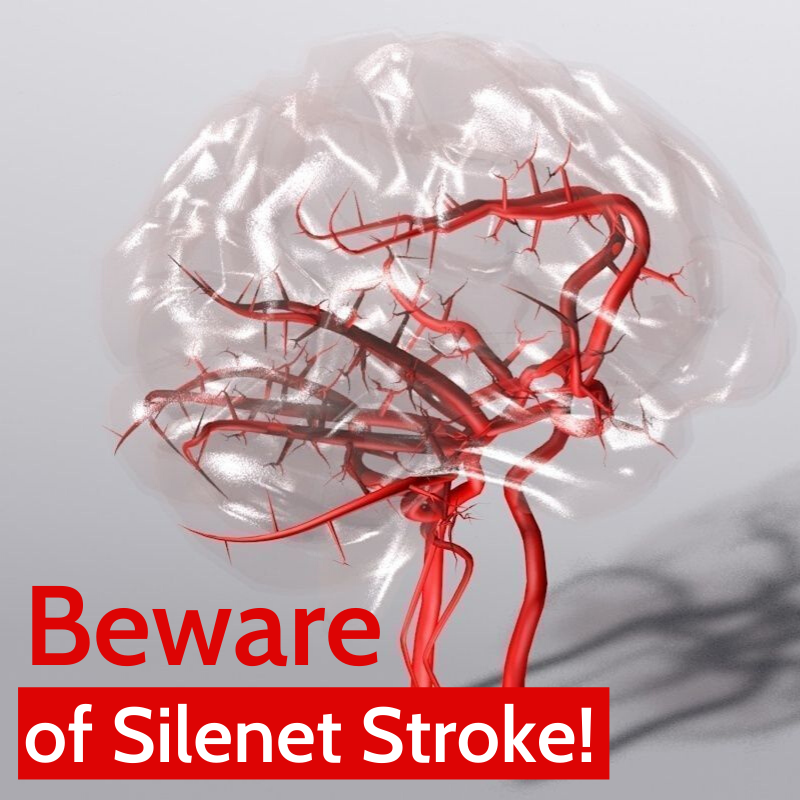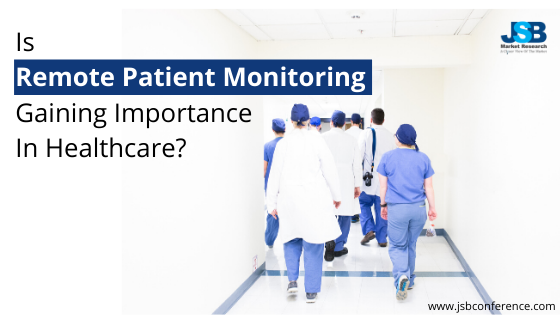Microorganisms, the tiny living creatures, that dwell in every niche, occupying an area greater than us behemoths, are highly valuable. An appreciable proportion of our body weight results from our direct association with them. Their mere presence is capable of preventing a number of diseases and an alteration in their proportions may cause an illness.
Tag: newconferences2023
Generating the regeneration process of stem cell
As unique as the word suggest, stem cells are predominantly termed as a certain class of uniform cells which have the characteristics of being differently able into specialized cell types. Mostly stem cells are described as stable at the natural level and separate (through mitosis) to create numerous similar cells. Although, most warm-blooded have two different types of stem cells they can also be found in multicellular living bions.
Cardiology welcomes technology open-heartedly
Indeed. Cardiac surgeries are now more successful than ever. Cardiovascular morbidities in the young age are seeing a decline and for those living with disorders of the heart, life expectancy is now better.
Do E-Cigarettes Help Reduce Smoking?

A recent study by cardiologists found that the consumption of e-cigarettes harms the brain, lungs and blood vessels. The research published in the European Heart Journal highlights the mechanism by which e-cigarettes damages the body through harmful chemicals induced in the vaping process. These chemicals may also exist in lower concentrations in vaping liquid.
The scientist from the University Medical Centre Mainz in Germany, who led the research stated that e-cigarettes are addictive and life-threatening. The countries should take action and ban them. Many countries like Mexico, Brazil, India, Thailand, and Singapore have already taken action against e-cigarettes.
The study was conducted on healthy smokers and mice. The study inspected that the vapor of e-cigarettes can have a negative impact before vaping. The vapor affects the blood flow in the main blood artery in the upper arms of the twenty healthy smokers. After fifteen minutes of vaping an e-cigarette, it was found that the artery became stiff.
The researchers exposed 151 mice to cigarette vapor for more than one, three or five days for 20 minutes and six times a day. It came out that only one vaping episode elevated heart rate and also caused the stiffening of arteries. Also, the inner lining of arteries – endothelium stopped working properly in the smokers.
The main function of the endothelium is to maintain proper dilation and tightening of the blood vessels. The endothelium also defends tissue against toxic substances and controls inflammation and blood clotting processes.
Also, an enzyme called NOX-2 was activated by e-cigarette vapor that was accountable for damage caused to blood vessels in the lungs as well as the brain.
The study has indicated that e-cigarette is not a safe alternative to traditional cigarettes.
The e-cigarette was initiated to lessen tobacco cigarette consumption but now it is a growing trend among youths. The number of vaping has increased.
In the U.S, more than 3.6 million children are reported to use e-cigarettes. The consumption of e-cigarette is widespread in the U.S and countries of Europe. The youth concerning quitting traditional smoking is getting addicted to e-cigarettes.
According to the Food and Drug Administration’s (FDA) National Youth Tobacco Survey, American teenagers over 5 million have used e-cigarettes in the past month, making vapes the biggest product use ever in this age group.
The signs are not of greater impact in the initial years, but it will have major ill effects in the later years. Exposure to nicotine has long-lasting effects. It can also cause respiratory issues as the vapor is inhaled directly into the lungs.
Researchers suggest that tobacco products should be taxed heavily and its marketing should be curbed. Educating teenagers and families about the health hazards of tobacco products is the need of an hour.
The upcoming international conference will discuss more such research by cardiologists in 2023. The global event will be an open platform for cardiologists, cardiac surgeons, medical practitioners, researchers, and clinical research organizations to explore modern technologies.
Beware of Silent Stroke!
Researchers have recently found that silent strokes are more common than stroke in aged people. Silent strokes are generally experienced in people with age around 65 years or more and those who have undergone surgery.
The study, published in the journal of The Lancet, found that around half of 50 million people above 65 years and gone through non-cardiac surgery are expected to suffer a stroke.
A silent stroke is difficult to identify as it disturbs that part of the brain that doesn’t control any vital functions such as moving or speaking. Silent stroke doesn’t show any symptoms as it occurs when the supply of blood to the part of the brain instantly breaks off. The general way to detect silent stroke is by MRI (magnetic resonance imaging) or CT (X-ray computed tomography) scan.
What is Silent Stroke?
A silent stroke is also known as silent cerebral infarction(SCI) is a stroke is subtle and doesn’t show any bodily symptoms related to stroke. Hence it is also called silent because it occurs unknowingly. The silent stroke is risky for the patients in the future as it interrupts blood flow and causes damage to the brain. Many people are not even aware of experiencing silent stroke until there is some severe brain damage.
What causes Silent Stroke?
The causes are not clearly defined. But today’s sedentary and comfortable lifestyle is a major reason for strokes. The noticeable risk factors include a person suffering from high blood pressure, diabetes, high cholesterol levels, atrial fibrillation, cerebrovascular disease, and blood clots.
Effects of Silent Stroke
The initial stage of silent stroke doesn’t show any harmful effects. But in the future, the damage caused can be cumulative.
- The sufferer of silent stroke is likely to have mood swings.
- They can have emotional disorders such as crying or laughing at ill-suited times.
- They might find difficult to remember things and places earlier they were familiar.
- The silent stroke sufferer will find difficult to concentrate and difficult to make any decisions.
- Also, a silent stroke sufferer is likely to lose bowel and bladder control.
A recent study by Canadian researchers also suggests that ill-effects of silent strokes are experienced after a year mostly by aged people who have undergone surgery. The common effects include perioperative delirium, cognitive decline, and transient ischaemic attack.
How to prevent silent stroke?
As silent strokes are common, their prevention should be taken into consideration.
- The most common way to reduce silent stroke is by keeping a check on blood pressure, diabetes, and cholesterol. Consumption of oral contraceptives, alcohol, and cigarettes should be limited.
- A healthy diet can not only prevent silent stroke but can help to prevent many other health problems. Consumption of a balanced diet is recommended that includes fresh fruits, vegetables, whole grains, nuts, fiber, and seeds.
- Regular exercise regime help reduce risk factor associated with strokes
The upcoming International Conference on Neuroscience and Neurology will discuss such brain-related disorders. The conference will also discuss on latest innovations in the field of Neuroscience, Brain Disorders, and Treatment. The event is taking place in Tokyo, Japan during 25-26 May 2023.
Is Remote Patient Monitoring Gaining Importance In Healthcare?
According to the latest study, approximately 88% of healthcare service providers are planning to invest or already made investments in remote patient monitoring (RPM) technology for better management of chronically ill patients.
In the world of advancement and innovation in technology, healthcare is no way left behind. With the burgeoning of the semi-tech devices, telemedicine has evolved as a privilege bridging the geographical barrier.
The technology has led the doctor to diagnose the patient living in the remotest part of the country. The telehealth and telemedicine enable real-time health data access to the provider to offer better services to the patients without being physically available.
The findings come from the survey conducted on more than 100 interviewees that included clinical informatics and health IT thought experts. The survey respondents claimed that RPM solutions are useful for service providers to supervise and manage patients with high-risk of chronic conditions considered unstable and are at a risk for hospital readmission.
The study found that nine in 10 providers surveyed have already started encouraging patients, family member to take charge to manage their chronic conditions. The study ascertains that 89% of healthcare service providers are enforcing mobile technologies, telehealth video conferencing servicers, EHR based patients portal and wearable technology to widen the engagement of chronically ill patients.
The remote patient monitoring is a health delivery practice that uses technology to determine patient health without visiting clinical setup. The practice is an ingenious, lucrative and patient-friendly approach to healthcare.
The RPM manages chronic conditions including diabetes, COPD, Asthma, congestive heart failure, and hypertension.
RPM can estimate several things from heart rate, glucose level, oxygen level to medication tracking and temperature. It has a wide range of applications. It can be used for clinical trial monitoring, ameliorate patient adherence. RPM also has its application to check infertility, dementia and heart failure.
The real-time access to patient’s health can help to detect the early signs of occurring health illness and can accordingly take preventive measures.
Voice app is the most common RPM device that reminds patients of their medicine or related treatment. For example, the voice app helps a patient diagnosed with diabetes to remind them to take insulin, which ultimately enables the physician to track their health and take necessary action.
The wireless ambulatory, ECG or electrocardiography are some of the other RPM devices.
Sensors based wearable devices are suitable for RPM providing real-time medical data.
Monitoring routine helps improve the health of people and also allows the older and disabled people to live a longer life. Application of RPM results in the reduction of hospitalizations, readmissions that tends to reduce expenses as well.
The main advantage of RPM is that it has no limitation with regards to typical working hours, scheduled physical meeting and distance.
Technologies like artificial intelligence, big data, cloud computing, and telemedicine have the potential to transform the healthcare industry. The advancement of technology has been beneficial to provide better service and enhance the health industry.
The upcoming healthcare conference will discuss more on technological advancements and their relevance in the health industry.

